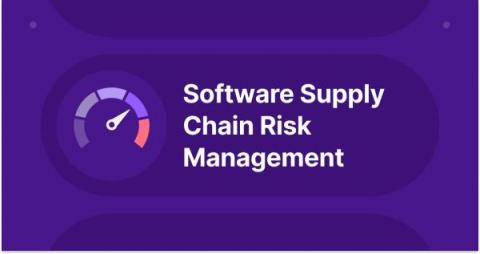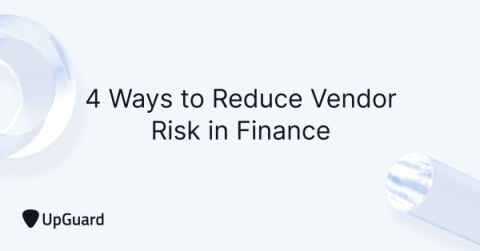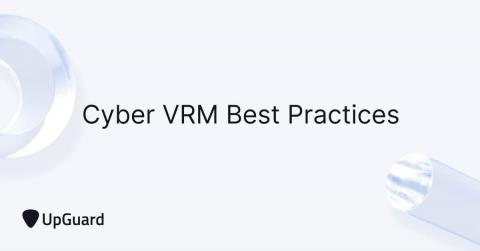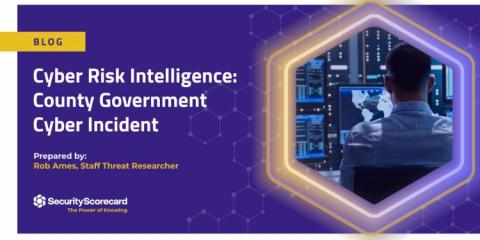New Security Directives for U.S. Railroad Carriers Require Real-Time Continuous Monitoring of Cyber Risk
The U.S. Transportation Security Administration (TSA) recently issued new cybersecurity regulations for passenger and freight railroad carriers to enhance cybersecurity resilience with performance-based measures. This security directive includes a new requirement for railroad carriers to build continuous monitoring policies and procedures. This is the latest of several recent initiatives on the U.S. state and federal levels requiring continuous monitoring of cyber risk.











